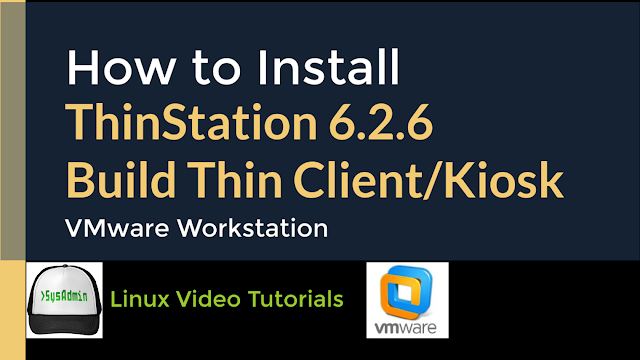

Much of the fun and action, as you can imagine, comes with customizing your images. Obviously, once I added a scope for this subnet, my thin client started pulling an IP address.Īctually building the image is very simple once you’re this far. Common sense, right? It took me longer than I care to admit because I had placed my thin client in a different subnet than the scopes I had configured. Here’s a final note about setup before we get going: make sure you have a DHCP scope configured for your thin clients. So the full path to pxelinux.0 is /thinstation/build/boot-images/pxe/boot/pxelinux/pxelinux.0 The root TFTP directory can be found as a symlink in / var/lib/tftpboot which points to /thinstation/build/boot-images/pxe In the case of the DevStation and PXE booting, it needs to be configured as shown here.

It’s important to realize that Option 67, the Bootfile Name, is relative to the root of the TFTP directory. This is the IP address you’ll configure on your DHCP server as Option 66, the Boot Server Host Name. Just right-click the network icon in the system tray and select Edit Connections… You can do this via the Network Manager GUI interface. I didn’t mention it in the first post, but be sure you’ve configured a static IP address on your DevStation. You’re now ready to build images that your thin clients can boot from. So if you’ve been following since Part I, you now have a DevStation stood up. Part IV – How to configure Thinstation and Google Chrome for a true, thin client experience Part III – How to add drivers to your Thinstation build Part II – How to build Thinstation images and exploring config files

Part I – How to setup Thinstation 5.3 thin client for use with VMware Horizon View 5


 0 kommentar(er)
0 kommentar(er)
